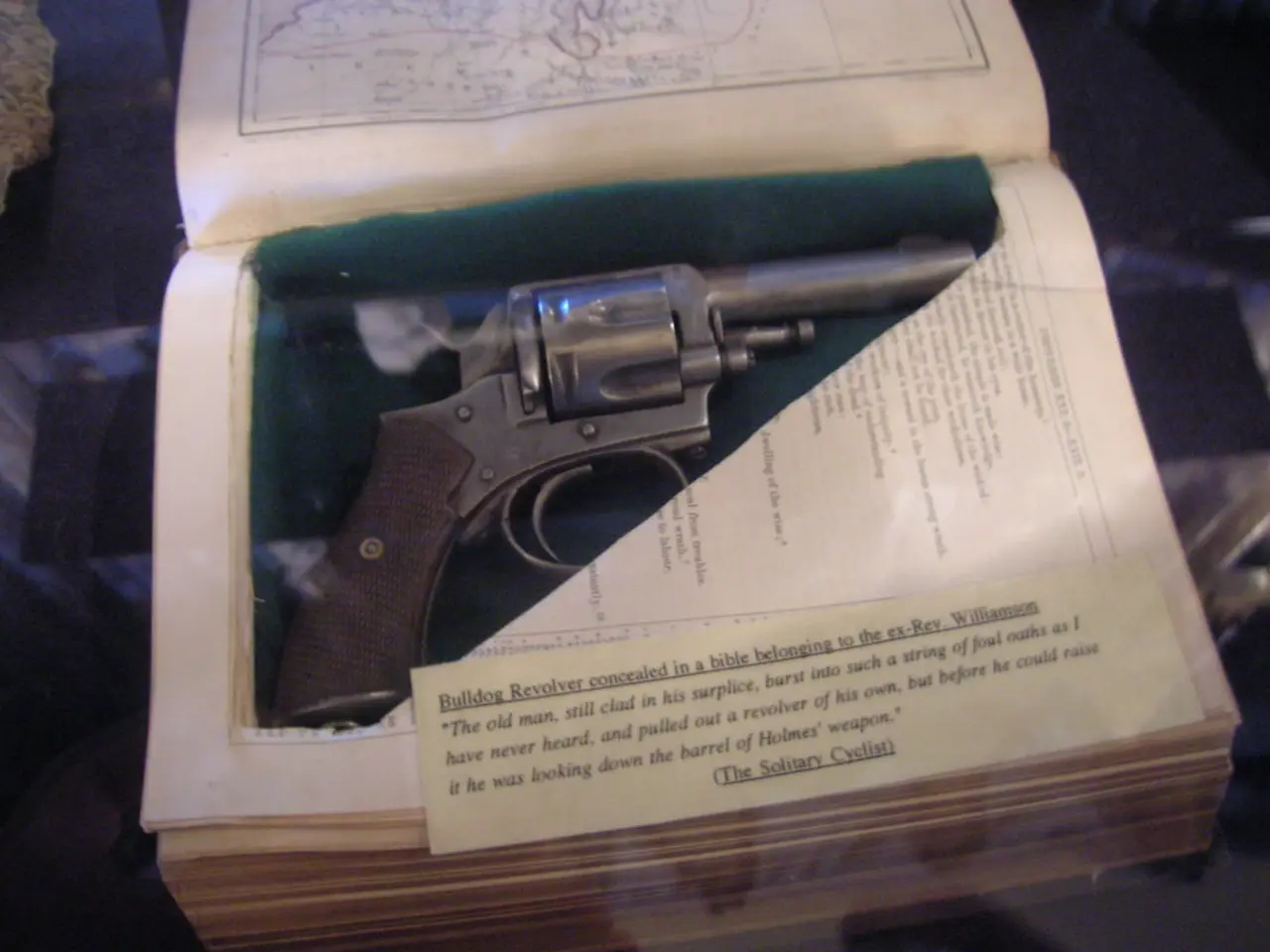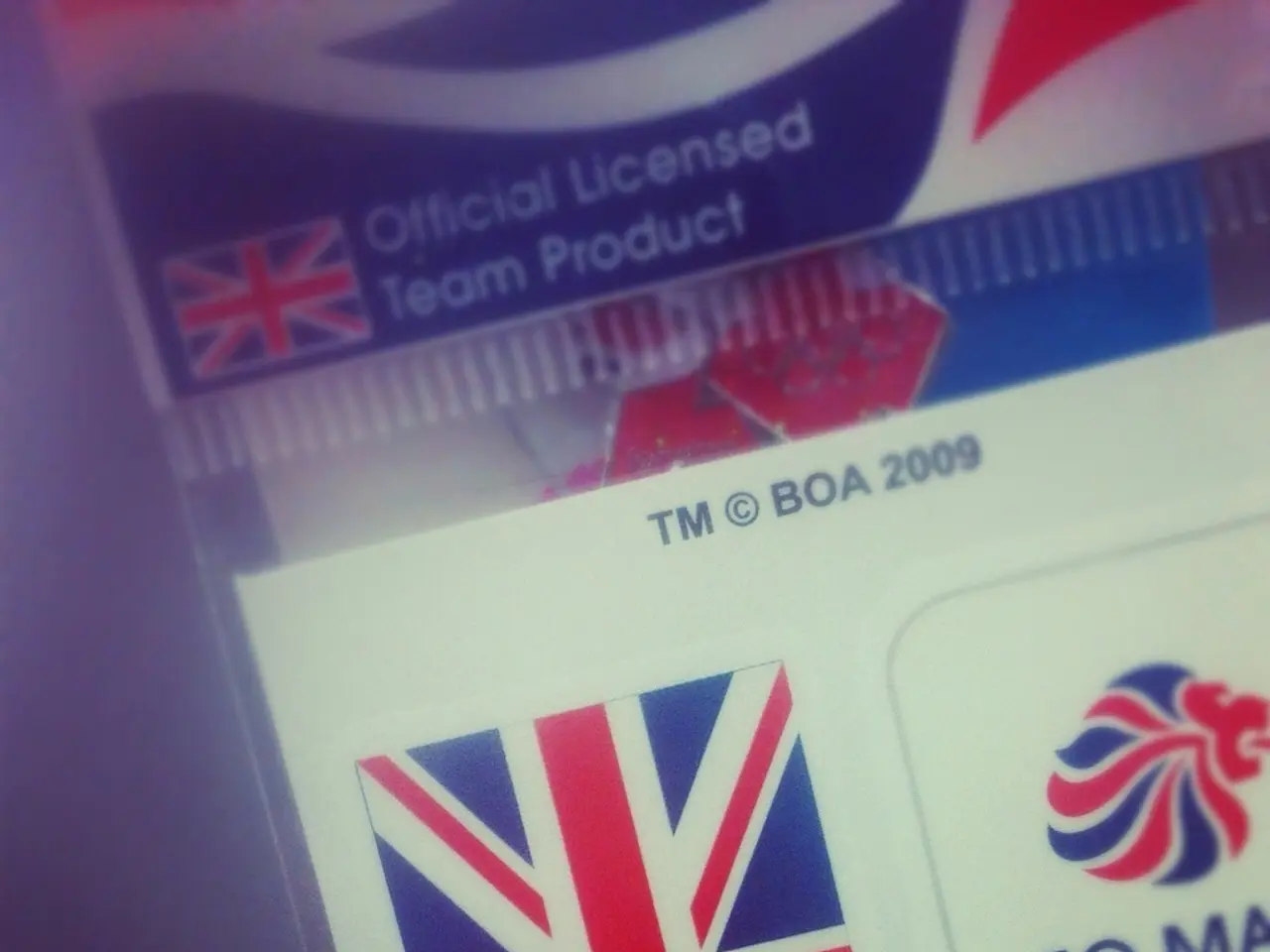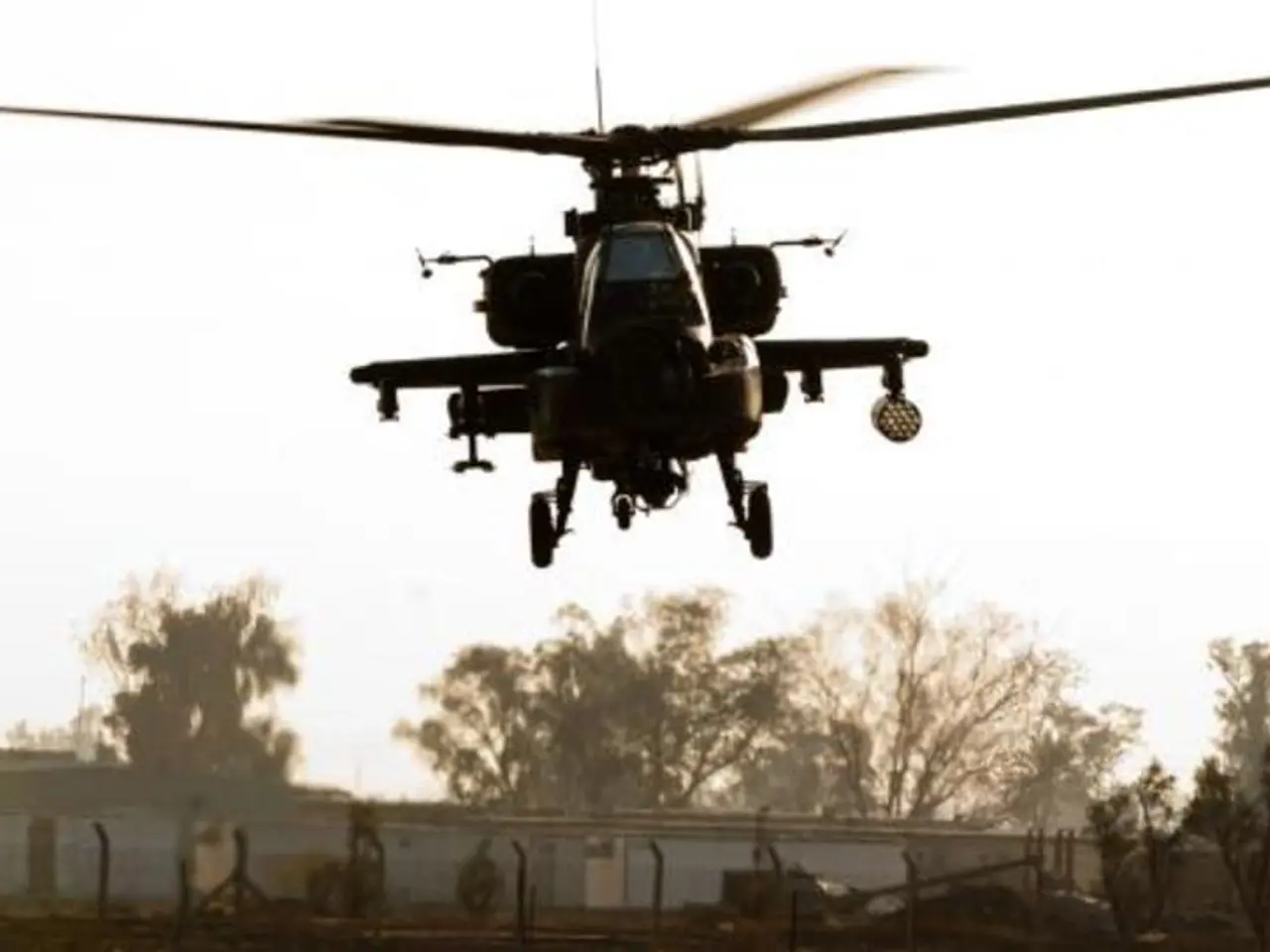Police in Las Vegas publicly unveil body camera recordings of earlier encounters involving the gunman who carried out a shooting in Manhattan.
In the wake of the tragic skyscraper shooting in NYC's Midtown, the Las Vegas Metropolitan Police Department (LVMPD) has released new evidence, providing insights into the background of the gunman, Shane Tamura.
The latest video, dated August 10, 2024, shows body camera footage from an incident inside Tamura's apartment following a threatening self-harm call made by his mother. This video is part of a series of releases by LVMPD, which also includes 911 calls and documents related to past incidents involving Tamura.
Tamura, 27, is accused of killing four people in an office building located at 345 Park Avenue on July 28. The office building houses the National Football League (NFL) headquarters. The incident occurred in the offices of Rudin Management.
Tamura had a documented history of mental health issues and had sought medical help for chronic debilitating headaches, which began in his high school football years. Despite regular consultations with doctors, including neurologists, and yearly MRI scans and treatments, the cause of his headaches remained undiagnosed. His headaches worsened after moving to Las Vegas in 2019.
Tamura was the subject of three mental health crisis interventions, one in 2022 and two in 2024. Records related to these interventions are available on the LVMPD's website. LVMPD reported that these records, which would typically be withheld due to privacy protections, are being released in light of the extraordinary circumstances.
In addition, the records reveal that Tamura had a license to conceal carry that was issued by LVMPD. Police from LVMPD have been involved in inquiries related to him, such as a 2023 incident at Red Rock Casino where he was asked to leave after refusing to show ID. Four videos released by LVMPD are connected to this incident.
Tamura left a note referencing chronic traumatic encephalopathy (CTE), a degenerative brain disease linked to repeated head injuries common in contact sports, which he believed affected him from his football playing days. His note blamed the NFL for concealing brain injury dangers and asked for his brain to be studied post-mortem. However, no clinical diagnosis of CTE or traumatic brain injury has been confirmed.
Tamura was carrying an M-4 style semiautomatic rifle during the incident. A traffic stop from May 2024 was included in the latest video released by LVMPD.
News 3 will continue to provide updates on the situation as more information becomes available.
- The shooting in NYC's Midtown has been overshadowed by a developing story in Las Vegas, where the gunman, Shane Tamura, is linked to a past incident at Red Rock Casino in 2023.
- Shane Tamura, the alleged shooter in the NYC tragedy, had a concealed carry license issued by the Las Vegas Metropolitan Police Department (LVMPD), which is relevant to a previous incident at Red Rock Casino where he was asked to leave for refusing to show ID.
- Despite his love for American football, Shane Tamura's football years seemed to mark the onset of his chronic debilitating headaches, headaches that would later lead to mental health issues and three crisis interventions.
- In a bizarre twist, the gunman's note left at the crime scene referred to chronic traumatic encephalopathy (CTE), a degenerative brain disease linked to repeated head injuries, and accused the NFL of concealing brain injury dangers, suggesting that his brain be studied post-mortem for potential evidence of CTE or traumatic brain injury.




